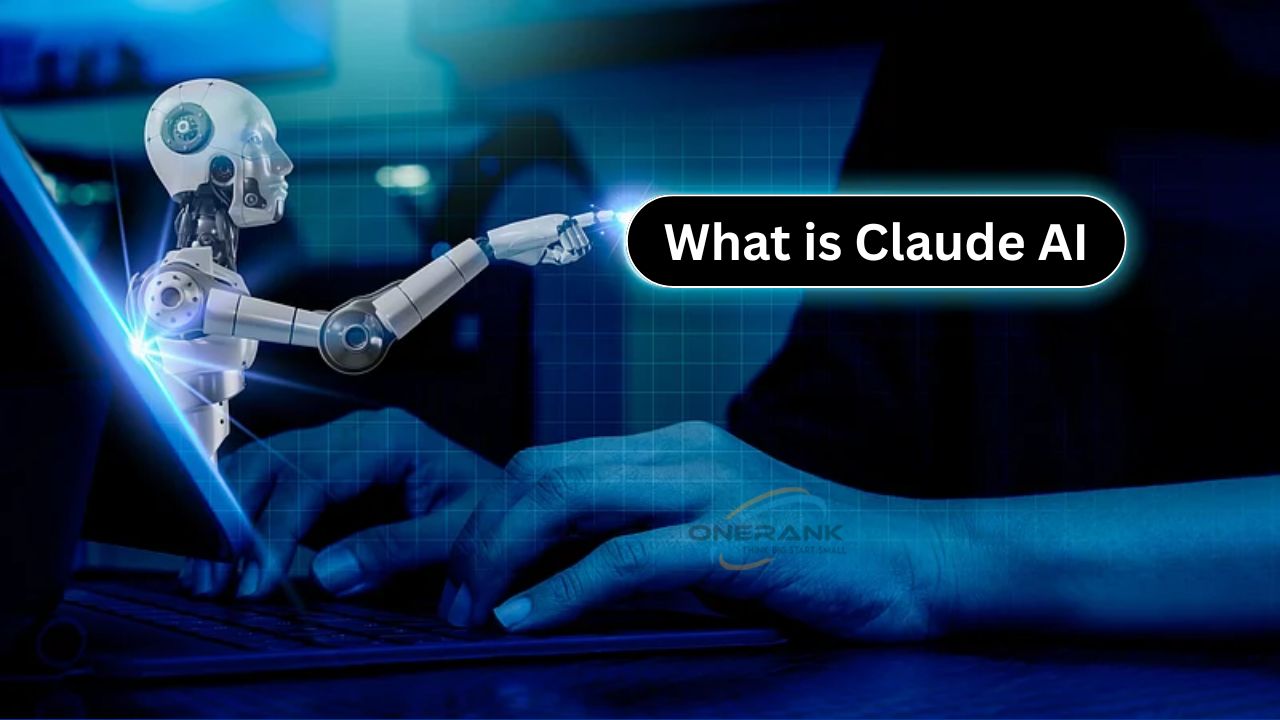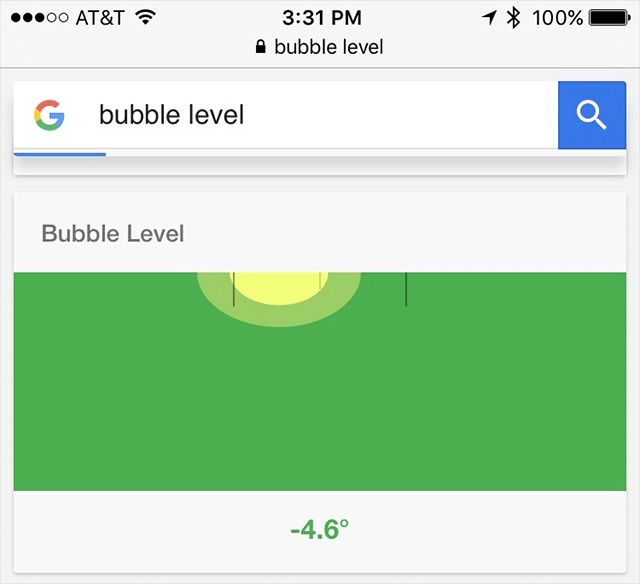Claude AI represents a significant advancement in artificial intelligence, functioning as a versatile assistant for personal and professional needs. This in-depth article is crafted to deliver a complete overview of this advanced platform, explaining its core nature, operational mechanics, distinctions from competitors like ChatGPT, effective usage strategies, benefits and limitations. Join us as we explore further.
What is Claude AI?
Claude AI stands out as a cutting-edge conversational AI platform developed by Anthropic. Likely inspired by Claude Shannon, the pioneer of information theory, it is engineered to deliver responses that are ethical, intelligent, and secure during interactions.
While it resembles tools like ChatGPT in functionality, Claude’s standout feature is its foundation in Anthropic’s Constitutional AI framework. This method involves training the system to adhere strictly to defined principles, ensuring consistent and trustworthy behavior.
Users can leverage Claude AI for diverse activities such as idea generation, answering queries, document summarization, and beyond. By harnessing natural language processing, it provides supportive aid across numerous tasks.
How does Claude AI Work?
At its core, the Claude AI system operates using a large language model known as ‘Claude.’ This model identifies patterns within extensive text datasets and employs a transformer architecture featuring an “attention” mechanism to grasp contextual relationships among words, akin to systems in Google Gemini and ChatGPT.
Claude processes user inputs and produces responses that are pertinent to the context. Departing from rigid rule-based systems, it utilizes machine learning via transformer structures, trained on massive text corpora and refined to comply with ethical standards for safer interactions.
Claude’s distinctiveness stems from its “Constitutional AI” integration, which infuses ethical considerations into the model’s operations. Rather than depending solely on Reinforcement Learning from Human Feedback (RLHF), it applies a predefined constitution of rules to shape responses.
Key principles guiding Anthropic’s models include:
- Opt for responses that promote liberty, fairness, and communal harmony.
- Favor replies that uphold individuals’ autonomy, confidentiality, dignity, familial ties, affiliations, and ownership rights.
- Choose outputs that portray the AI as supportive, truthful, and secure, without mimicking humans or other entities.
What is Anthropic AI (the company behind Claude AI)?
Anthropic is an organization dedicated to openness, innovation, and the secure advancement of artificial intelligence. Established in San Francisco in 2021 by ex-OpenAI researchers and leaders, it ranks among the forefront developers of groundbreaking AI systems.
What sets Anthropic apart is its commitment to model safety. The company prioritizes dependability, clarity, and user empowerment in AI development. The Claude series of large language models exemplifies this dedication to responsible AI.
Claude AI Personalization Features
Claude offers users multiple avenues to tailor their interactions, including profile settings, communication styles, and project-specific directives. These elements allow the AI to better match individual preferences.
1. Profile Preferences
Profile preferences enable Claude to understand user inclinations for more personalized replies. These can be adjusted or deactivated via the style menu at any time.
To configure preferences:
i) Tap your initials in the bottom-left area.
ii) Navigate to Settings.
iii) Under the preferences for responses section, input details such as:
- Preferred techniques or strategies
- Frequently used terminology or concepts
- Common scenarios encountered
- General interaction tone
2. Styles
Styles modify Claude’s response delivery and formatting. They are ideal for:
- Altering the structure and voice of outputs
- Switching between modes (e.g., brief for fast replies, detailed for educational purposes)
- Developing bespoke patterns inspired by your writing
3. Project Instructions
Project instructions supply Claude with targeted guidance for specific initiatives, limited to conversations within that project.
Note: Projects require Claude Pro, Team, or Enterprise subscriptions.
Employ project instructions to:
- Establish project background
- Define process guidelines
- Specify task requirements
- Assign particular roles or perspectives for Claude
Claude AI Vs. ChatGPT
Although both are advanced language models, Claude AI and ChatGPT differ in several aspects:
| Feature | Claude AI | ChatGPT |
|---|---|---|
| Access | Web, iOS, Android, Desktop, API | Web, iOS, Android, Desktop, API |
| Context Window | 200,000 tokens | 128,000 tokens |
| Data Usage and Storage | Does not train on user data without consent; retains data for 90 days | May use interactions for training unless opted out |
| Ethical and Safety Focus | Built on Constitutional AI for inherent moderation | Uses user feedback and RLHF for enhancements |
| Free Tier Available | Yes, with model access limits | Yes, with model access limits |
| Customization and Use Cases | Lacks fine-tuning; excels in coding, writing, safety | Supports custom GPTs; strong in image generation, research |
How to Use Claude AI?
Engaging with Claude AI is simple. Follow these steps to get started:
Log In
- Begin by accessing the Claude website.
- Provide your email.
- Select “Continue with email.”
- Check your inbox for the verification code.
- Enter the code on the login screen.
Submit Requests/Enter Prompt
Once logged in, input your query and send it.
Claude will deliver a targeted response.
If unsatisfied, use the retry option below for an alternative.
Copy, Paste and Rate
Copy the output via the ‘Copy’ icon at the base.
Paste it wherever needed.
Rate with thumbs up/down.
Offer feedback for refinements.
Managing Chats
Access, rename, or remove previous discussions.
Click the menu on the left.
Select a chat to resume.
To edit, tap the chat title at the top for rename/delete options.
Getting more Information
For additional details on Claude, click your profile icon bottom-left and pick Help & Support. This leads to resources with guides and best practices.
The Advantages and Disadvantages of Claude AI
Advantages
Start with the positives.
1. Speed
Claude impresses with rapid processing, handling around 30 pages of text per second and analyzing dense papers quickly. This efficiency positions it as a top contender.
2. Safe and Transparent Approach
Ethics are central to Claude’s design. Anthropic emphasizes AI safety transparency:
- AI capabilities are advancing rapidly, potentially exceeding human levels, necessitating firm guidelines.
- Diverse safety methods yield beneficial, truthful, non-harmful systems.
- Constitutional AI trains Claude to reject unsafe requests, with public principles enhancing collective trust.
3. Large Context Window
Generative AI tools have context limits; Claude’s 200,000 tokens (about 350 pages) enable superior handling of extensive content, ideal for in-depth analysis and coherent long-form outputs.
4. Others
- Grasps subtle language nuances.
- Reduced tendency for fabrications.
Disadvantages
Consider these drawbacks.
1. Limited Abilities
Claude focuses on text generation but lacks multimodal features like image creation. It also misses plugins for extended functionality, such as fitness tracking integrations.
2. Limited Updated Information
Claude’s knowledge updates periodically but lags by months, making it less suitable for real-time topics like current events, regulations, or pop culture.
3. Inaccuracy
Like other AIs, Claude can produce errors or “hallucinations” in mimicking human text. Always verify outputs for critical applications like academics or professional communications.
4. Others
- Can be excessively conservative.
- Customization options are restricted.
- Adoption trails behind ChatGPT.
What Is the Cost of Claude AI?
Claude AI includes a free tier with restrictions and premium subscriptions. Options encompass team and enterprise levels as follows:
- Free Plan – Access latest models at no cost, with usage caps for initial exploration.
- Claude Pro – $20 monthly, granting higher limits, feature previews, and peak-time priority.
- Enterprise Plan – Tailored pricing with enhanced security and integrations for large organizations.
- Team Plan – $25/user monthly (annual) or $30 (monthly), minimum 5 users, for collaborative environments.
Detailed Breakdown of Claude AI Subscription Costs
| Plan | Price (per user/month) | Key Features |
|---|---|---|
| Free | $0 (free forever) | Basic access to latest models on web, iOS, Android; limited daily usage and features |
| Pro | $20/month (~ $18/mo if annual) | 5x more usage than Free, priority access, Claude 3.5 Sonnet & Opus, Projects, early features |
| Max – Tier 1 | $100/month | 5x Pro usage, feature priority, for intensive users |
| Max – Tier 2 | $200/month | 20x Pro usage, priority, for high-demand workloads |
| Team | $25/user/month (annual) or $30 (monthly); min. 5 users | Pro features plus centralized billing, teamwork tools, peak priority |
| Enterprise | Custom (often ~$60/user/month, min ~70 users) | Team features + large context, SSO/SCIM, logs, advanced connections |
Conclusion
In summary, Claude AI emerges as a dependable platform prioritizing secure and ethical engagements. Its innovative, open methodology fosters reliability, integrity, and moral standards, making it a formidable option for individual and business applications in the AI landscape.
FAQs
Q1. Is Claude AI better than ChatGPT?
It varies by needs; Claude prioritizes safety and coding, while ChatGPT shines in creativity and multimedia.
Q2. Does Claude AI retain data?
Anthropic focuses on ethical data handling; review their policies for specifics.
Q3. Can Claude AI make mistakes?
Yes, like all AIs, it isn’t infallible and may err occasionally.




